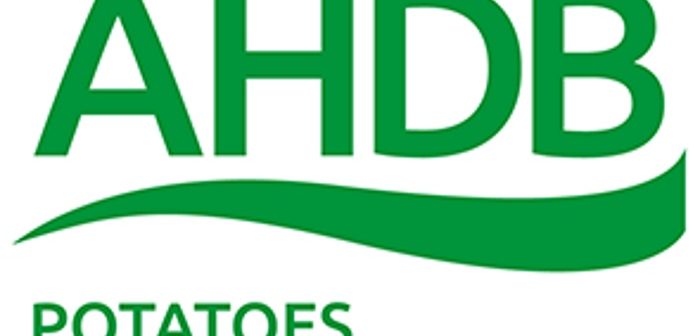Commercial trials carried out at AHDB’s Strategic Potato (Spot) Farm in Perthshire have shown that reducing cultivation depths can lower input costs while maintaining or increasing yields. The results were shared at a recent open day.
Previous AHDB research which focused on reducing cultivations to decrease cost and increase productivity has found that deeper soil cultivation (greater than 27-28cm, or 23-25cm in clay soils) results in reduced yield and increased fuel, labour and depreciation costs.
In 2016 SPot Farm Scotland set out to discover if the results would be replicated on a commercial farm. Project host Bruce Farms planted eight trial plots with each using a different combination of bedforming, bedtilling and destoning depths. One plot demonstrated standard farm practice which is to bedform, bedtill and destone the soil to a depth of 12 inches. Other plots experimented with shallower depths to see if there could be benefits to changing standard practice. The results were impressive.
AHDB Potatoes knowledge exchange manager, Claire Hodge, says: “We saw significant improvements in terms of both costs and yield when bedtilling was reduced. It’s fair to say that we wouldn’t expect every farm to experience such large improvements, however last season’s Spot Farm Scotland results have confirmed that shallower cultivations can lower input costs and increase marketable yield.”
“What is really exciting about this project is that we are able to encourage dialogue between growers and scientists which not only helps ensure research is meeting grower needs, but also helps move it onto to commercial farms more quickly.”
There were considerable differences across the trial sites both in terms of inputs and outputs. In terms of planting costs, standard farm practice came in at £93.31 per hectare, reducing bedtilling brought the cost down to £81.97 per hectare while eliminating it completely saw the planting cost as low as £64.93 per hectare.
Of course reducing costs is not always the sensible option, if the result is decreased yield or quality. However in this particular trial, yield tended to improve as bedtilling reduced.
The standard farm practice produced a sold yield of just 30 tonnes per hectare with a pack out percentage of 74%. Reducing the bedtilling increased the marketable yield to 36 tonnes per hectare with the pack out percentage improving slightly to 77%. The highest marketable yield was achieved when bedtilling was removed from the field operations entirely. In this treatment (unreplicated at this site) the marketable yield increased to 41 tonnes per hectare and packout was also improved to 82%. (The full results table can be viewed in attached document).
Kerr Howatson, Farm Manager at Bruce Farms, says: “These trials demonstrate that zero bedtilling and reduced destoning (where possible) return the lowest planting costs and the highest packed yield which have a very positive effect on the bottom line. This research hopefully gives the industry confidence to alter future farm practice.”
The experiment will be continued in the 2017 season with three treatments being run again – farm standard practice, reduced bedtilling and no bedtilling. Seed will also be a key topic this year with trials looking at whether growers can achieve optimum yield and tuber size with a lower seed rate. The project will also focus on nutrition, trialling reducing nitrogen inputs while maintaining quality and increasing yields. Interested producers will be able see and hear more about the 2017 trials at a SPot Farm Scotland open day on Tuesday 18 July.




